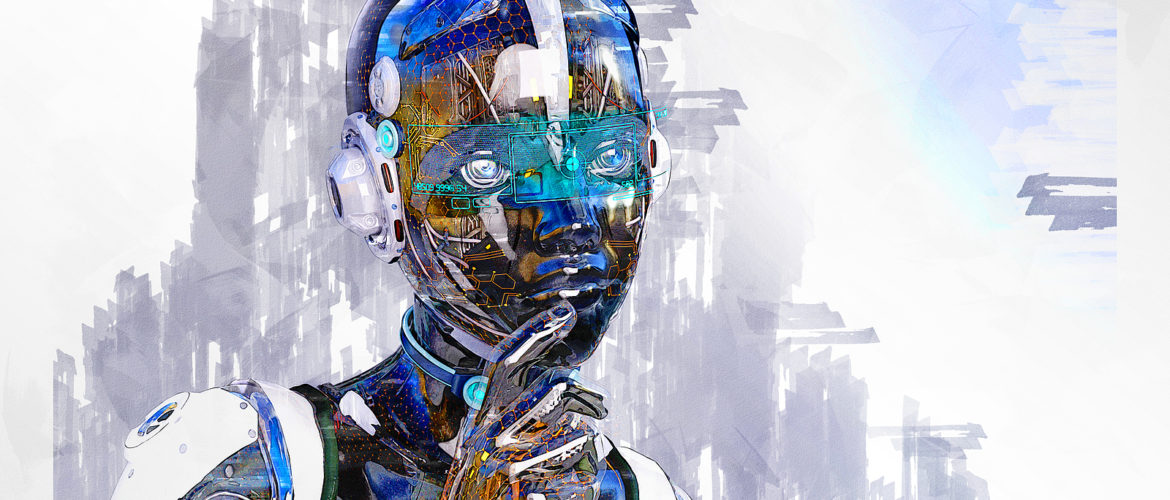The Dark Side of Technology: Known AI Usage Cases in Art

AI technology is firmly gaining ground in the modern digital space. Initially considered strange and hazardous, AI now enters many domains of personal, commercial, and artistic use, with AI usage cases openly reported in the art field.
While some skeptics think of AI applications as overt plagiarism or unethical professional conduct, many artists openly reveal their use of AI as creative aid and inspiration. Here are several interesting use cases publicized in recent news, showing how artists reshape the modern art landscape by subverting the power of AI to their creative purposes.
Audacious AI Usage Cases in 2024
Engagement of visual AI tools like Midjourney and DALL-E 3 is nothing new in the world of visual art. These applications have become instrumental in the hands of digital artists who can craft any image by giving detailed verbal prompts and setting the desired style and color palette. However, apart from commercial image production, AI has become increasingly popular among professional artists – creatives who are naturally expected to rely only on their manual craft and personal talent. So, who’s known for using AI and not hiding it?
The Serpentine Gallery
This London-based gallery embraced the transformative potential of AI back in 2014, launching many joint AI projects with numerous artists. The present-day exhibition titled Echoes of the Earth: Living Archive includes many AI-generated images. The works were produced by Refik Anadol, a world-known artist who drew inspiration from natural images and trained his AI model on data from London’s Natural History Museum and the Smithsonian Institution.
37xDubai
Dubai has always been at the forefront of innovation, and its 37xDubai gallery also features generative AI art exhibits. The recent show titled Generative: Art & Systems includes many examples of the fusion of the artist’s manual work and AI, including works by Julian Espagnon.
Shane Guffogg
The master of contemporary abstract art, Shane Guffogg, suffers from synesthesia, which means an association of particular colors with musical notes. Guffogg has worked with a software development team on the “Sounds of Color” project, an AI-enabled transformation of his visual artwork into musical compositions.
What’s Next for AI in Art?
As you can see, artists rely on AI tools more and more, so a greater number of AI usage cases are reported every month. The industry is definitely changing, with many pressing issues coming from the legal and ethical planes of AI integration into art. Thus, we’re sure to see new transparency regulations, ethical standards for artists, and more rigorous anti-plagiarism protections in the increasingly AI-dominated world.
